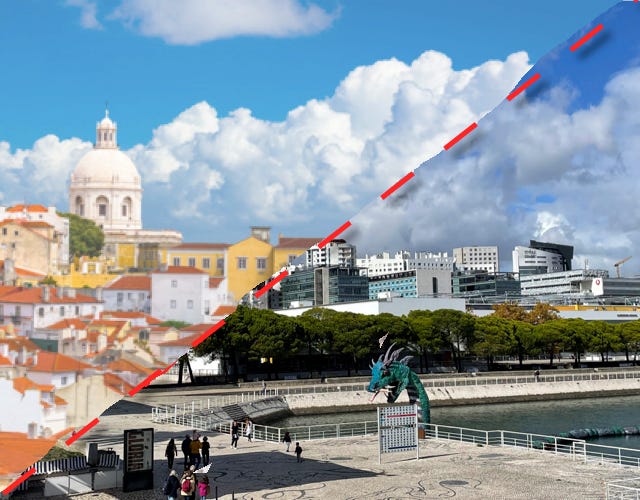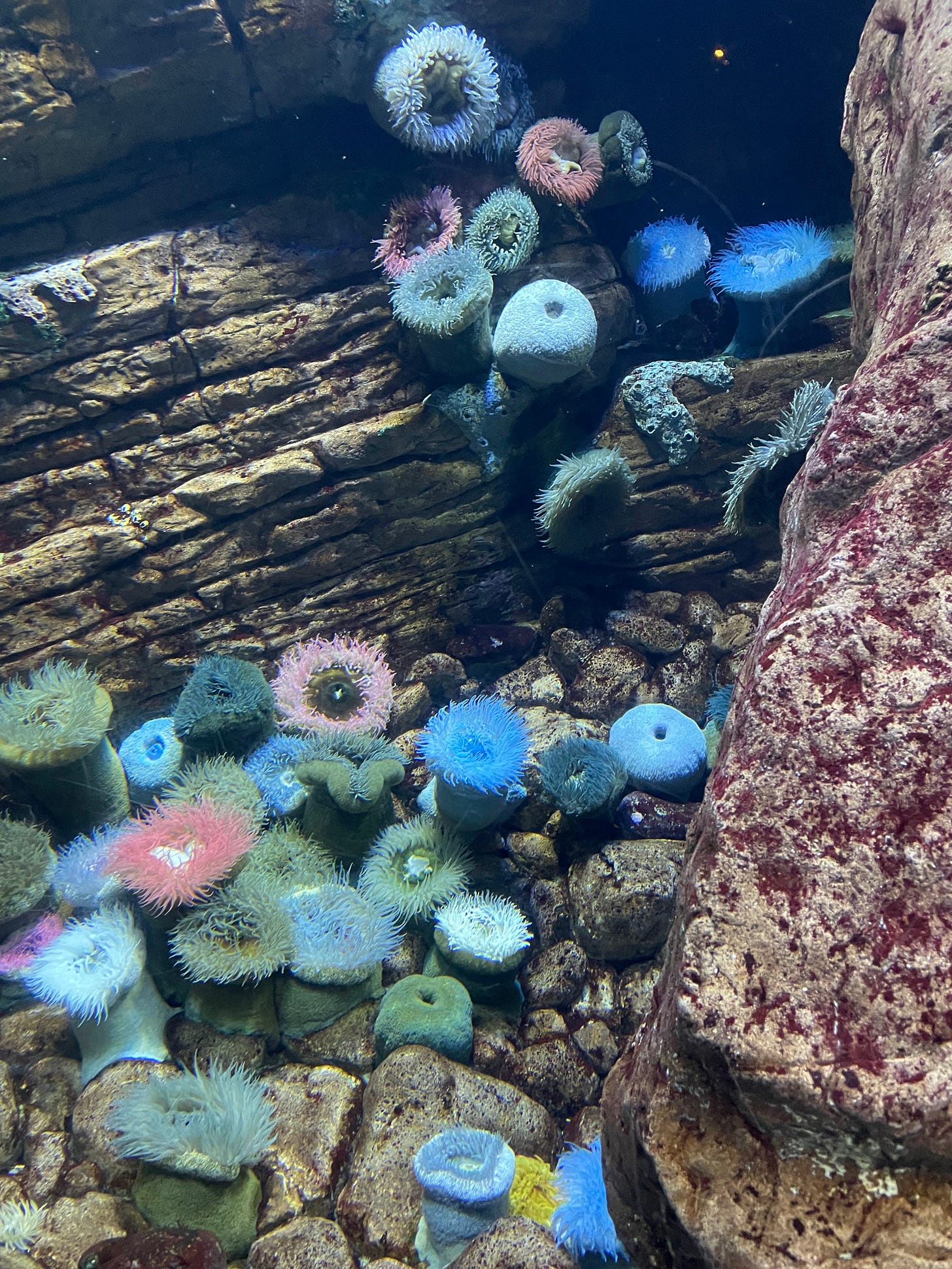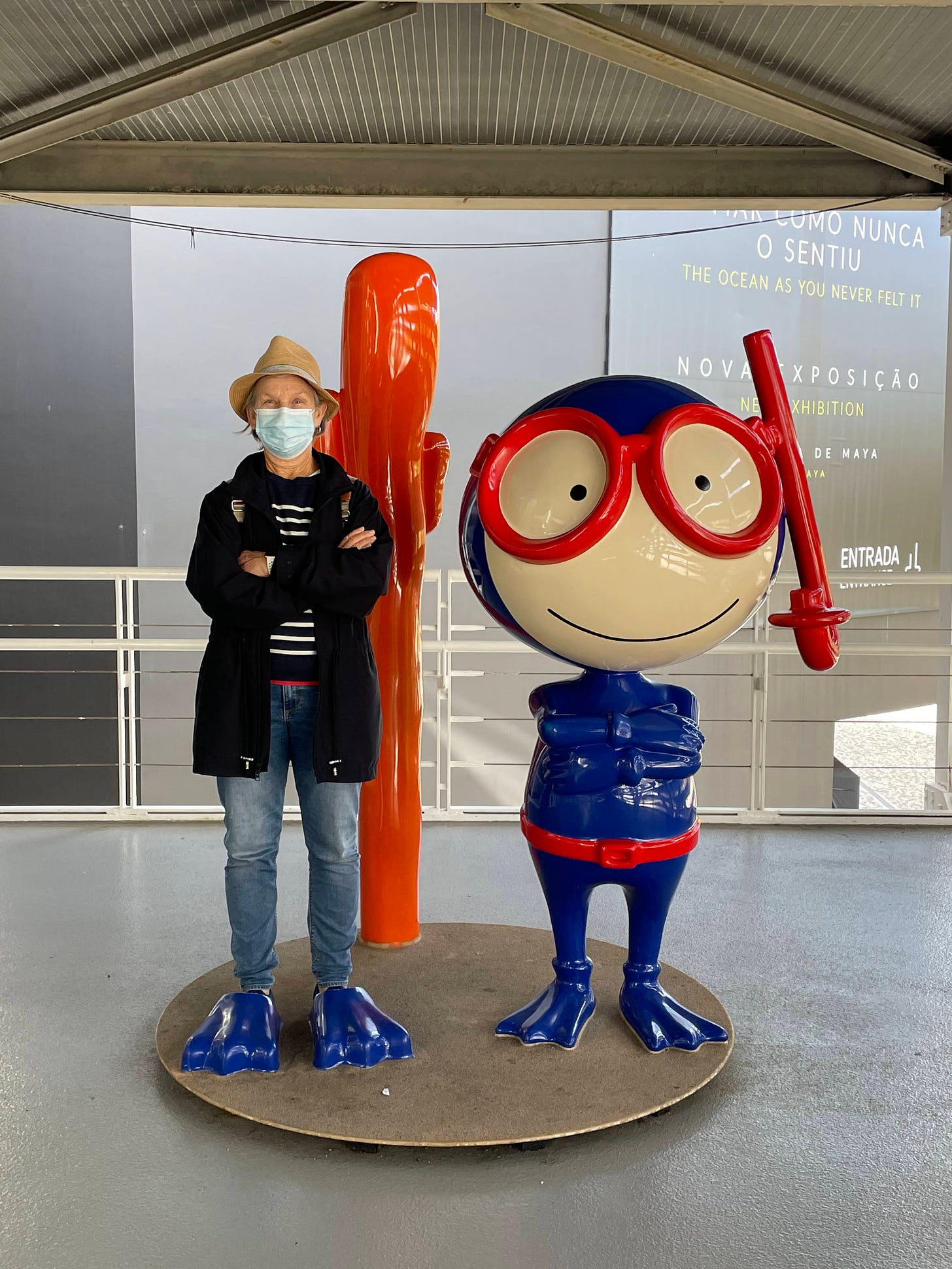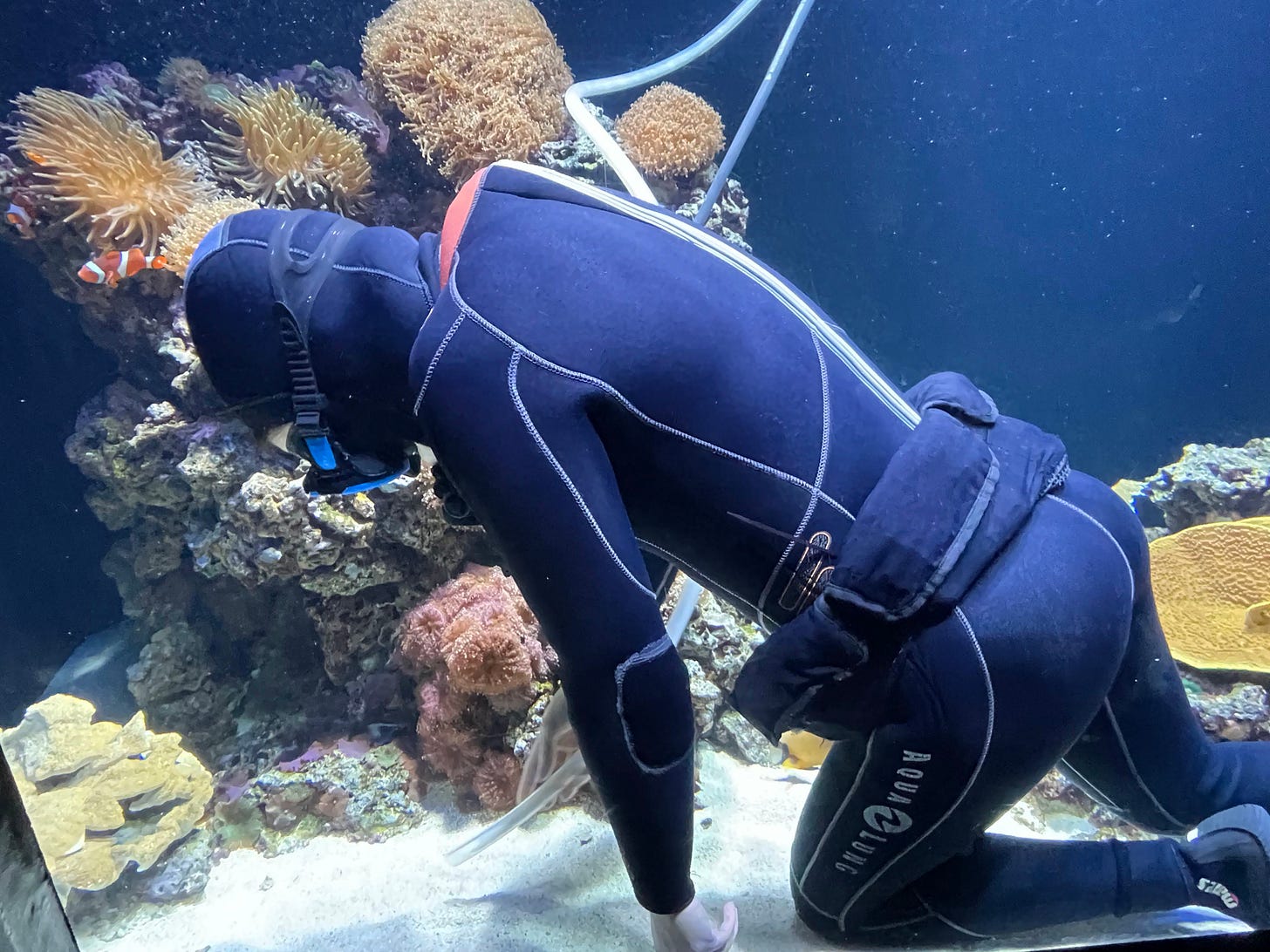I had spoken to a Portuguese friend that was leading a week-long tour of the country for a group of Americans. When I asked what he showed them in Lisbon he said, “The Expo area”. I must have had a confused look on my face because he continued, “You know where the aquarium is.” I didn’t…but we do now.
1998 Lisbon World Exposition
We all know there are challenges related to building for a major event (The World’s Fair, Olympic venues, an Expo) in a city. Too often what is built at great expense is not reused and goes to ruin after the event. It seems that when Portugal hosted the 1998 Lisbon World Exposition they kept this in mind.
The process really began in 1989 when two Portuguese men came up with the idea. Their idea was to commemorate the 500th anniversary of Vasco da Gama’s arrival in India (1498). With government support, Portugal was declared the winner of this “specialized Worlds Fair” in 1992.
Portugal then created a company called Parque Expo. Their mission was to create a self-sustaining event. In addition to revenue from admission tickets, they would require that all new buildings built must be pre-sold and repurposed after the event ended.
The area along the Tagus River that was once a hydro-port had become an ugly and polluting industrial park/slaughterhouse. The area was leveled and all new buildings were built knowing that when the Expo closed new tenants/owners had already been secured.
To support the expected influx of visitors, an extensive access program was devised, including:
a new bridge across the river, the Vasco da Gama Bridge (then the longest in Europe)
a new line for the Lisbon Metro, with seven stations (five of which were ready for opening day)
a new main multi-modal terminal, featuring trains, metro, buses, and taxis, called Gare do Oriente, by architect Santiago Calatrava. — Wikipedia
The Expo was a huge success. 143 countries provided exhibitions all centered around a common theme The Oceans: A Heritage for the Future. Over 10 million people visited the Expo. And it turns out the most popular exhibition, The Oceans Pavilion became the Lisbon Oceanarium we recently visited.
The New City
We took the train and then the metro to this part of town. When we got up to the street level we were a bit surprised. Here we were in Lisbon, a city we had always experienced and pictured a certain way in our minds. But now we were surrounded by modern buildings. (Truth be told we had spotted this part of the city a few weeks earlier. When driving to the Algarve we missed an exit and instead of going over the Ponte 25 de Abril Bridge we ended up on the Vasco da Gama Bridge. As we looked to our right we saw a very modern landscape…and frankly wondered what it was.)
It turned out when we were there, there was also a major Tech Summit going on at a convention center in the area. It seemed every digital nomad in the world had descended on the city. Their presence reinforced the modernity of our surroundings.
Oceanário de Lisboa
We walked a short way to the Oceanário, the largest indoor aquarium in Europe. We purchased two senior tickets for €26. We had hoped to buy a combo ticket, which provides entrance to the Oceanário and a ride on the cable cars that starts right next to the aquarium and runs along the river north to near the Vasco da Gama tower. Unfortunately, we learned it was closed for maintenance until the 3rd of December. (I really need to do better pre-trip research…but I digress.)
As it turns out, the aquarium alone was worth the trip. Our visit started with a small exhibit created by a Japanese photographer turned underwater garden artist, Takashi Amano. Long, narrow aquariums were embedded into the dark halls. In each, we saw carefully landscaped scenes and beautiful freshwater fish living in harmony. (We thought perhaps a tall thin aquarium may offer a way to hide the offending pole in our new home.) Videos that included interviews with the now-deceased artist and showing the building process are at the end of the exhibit. As we were leaving this exhibit we observed a quote on the wall:
The planet’s balance depends on forests and oceans. Protecting them is saving ourselves.
We went next to the major exhibit that leads you down to displays that encircle a huge multi-story salt-water aquarium in the center. (I have included more photos at the end of the post.) You can easily lose yourself gazing into those huge tanks. In fact, we spoke with one Irish woman (she had taken a day off from the Tech Summit) who claimed she hadn’t moved in an hour. Our final stop was a long room with floor-to-ceiling video screens on either side. The 15-minute video immerses you in the seas as it reminds you of our need to protect them and our future.
Walking to the Mall
Had the cable car been available we would have jumped on. The ride ends right near the Vasco da Gama Mall. Instead, we walked about 10 minutes through gardens filled with sculptures. The mall reminded us of the modern, upscale CascaisShopping near our home. Like all the large malls we have encountered so far in Portugal the food court (typically on the top floor) includes better restaurants in addition to “mall-food”. We enjoyed a wonderful Italian lunch before walking over to the Oriente station to catch the metro.
There you have it…another day in Lisbon. A city with many faces. Enjoy the pics!














It really is a little disorienting being there in comparison to the older, more familiar, parts of town. We stayed at a hotel in that area on our way into and out of Portugal due to its proximity to the airport and train station, but didn’t have the time to explore it … thanks for this!
Loved this! Will be in Lisbon this summer....look forward to seeing all of the city!!